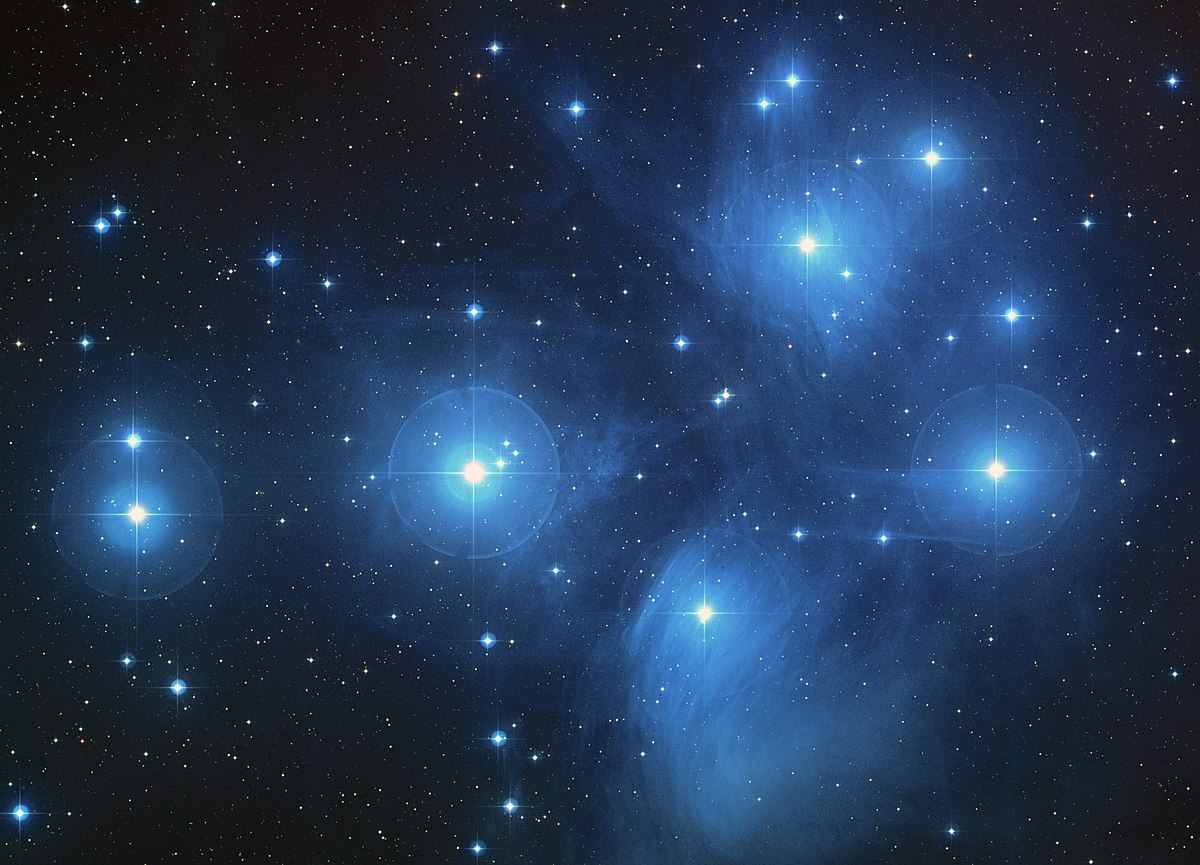There is no "second law" of quantum entanglement.
Above this text is an image of the Pleiades star cluster. That star cluster is one version of the system.
In the quantum world, all systems' existence depends on other systems. In the matryoshka model, systems form internal entirety like matryoshka dolls. The largest of known quantum systems is the Universe.
And all other systems are its subsystems. Smaller or internal systems' existence is not possible without larger systems. And the term system means the group of actors. That observer can separate from another entirety.
If the larger system's existence ends. The smaller, or internal system tries to fill that hole. That thing is seen as energy flow. Energy always travels from the higher energy system to the lower energy system. If the existence of internal systems ends. Energy from a larger system tries to fill the place of an internal system.
The biggest problem with thermodynamics in the quantum world is that all thermodynamic models require entropy. Entropy is the disorder level in the system. And the problem is that things like quantum entanglement happen between two elementary particles.
Entropy in that kind of extremely simplified system is not possible. Or entropy is the oscillation between superstrings that form elementary particles.
Literally: "Entropy is a scientific concept, as well as a measurable physical property, that is most commonly associated with a state of disorder, randomness, or uncertainty". (Wikipedia/Entropy).
Even if there is only a couple of visible actors in the system entropy can be high. Also, invisible actors are forming systems. That means on the quantum scale is very hard to detect all actors.
But also, low entropy in a small number of actors forms a large effect. So entropy is the relative effect. In one and two-actor systems. Entropy is impossible. But the fact is that it is very hard to find two actor systems. All things like magnetic fields and internal energy layers in particles are actors. And that's why all systems consist of more than one or two participants.
Elementary particle's form is the whisk-looking structure of quantum skyrmions makes it possible that even if the system seems perfectly free from entropy there are still disorders that we cannot see. So the internal structure multiplies the number of actors even if we see only one actor.
Attempting to use thermodynamic laws for extremely small objects is at least a very hard process. And today we know it's impossible to apply any common physics models to the quantum scale phenomenon. Researchers made thermodynamics for handling certain scale entireties. The scale of the systems that the creators of thermodynamics observed was much bigger than modern physics uses. And the data source was different.
Thermodynamics and its four laws are made by using entireties like water tanks. Things like quantum entanglements are created between single elementary particles. The difference between elementary particles and water molecules is that elementary particles cannot break pieces like a water molecules. The energy travels in quantum entanglement like in the normal world. But a thing like superposition makes quantum entanglement and superposition different than the chemical compound called water.
The superposition means that a particle can have multiple energy states at the same time. And if we think that the particle is like a whisk. And each of the wires is the energy string that model can explain the internal superposition of the elementary particle. In that model, each of those strings can have a different energy level. And that allows a single elementary particle can have an internal superposition.
Or the oscillation of two different elementary particles can synchronize. And that means there is an energy flow between those particles. The requirement for that type of superposition is that the particles used in the superposition are identical. If we want to superposition the neutron, we must put two neutrons in the same position. And then superposition those quarks separately.
Thermodynamics is a good tool for researching entireties. But the key element in all thermodynamic laws is entropy. Entropy means the level of disorder in the system. The source of entropy also means something. The outcoming energy removes entropy, but things like energy whirls and standing waves increase entropy. And entropy is that thing that destroys the system.
https://scitechdaily.com/scientists-prove-that-there-is-no-second-law-of-entanglement/
https://en.wikipedia.org/wiki/Entropy
https://en.wikipedia.org/wiki/Thermodynamics
https://shorttextsofoldscholars.blogspot.com/




No comments:
Post a Comment
Note: Only a member of this blog may post a comment.